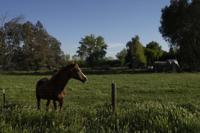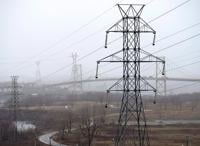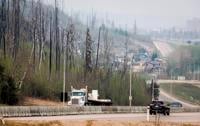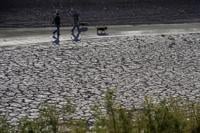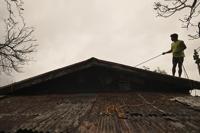SACRAMENTO, Calif. (AP) — California officials on Thursday faulted communities in a stretch of the crop-rich San Joaquin Valley for failing to develop a plan to adequately protect groundwater in the often drought-plagued state.
The state's water resources board set an April hearing to determine whether the Tulare Lake Subbasin in the heart of California's farm country should be placed on probation. It is the first time the state has made such a move, and the first step in a lengthy process that could end up requiring large farms in the area to report groundwater use and pay fees.
California is starting to regulate the pumping of groundwater after years of drought and overpumping left rural residents’ and led to subsidence, or the sinking of land, in some communities. Both issues have affected the largely agricultural region, which is home to 145,000 people, and stand to worsen absent revisions to the local groundwater plan, officials said.
“This is an urgent issue,” said Natalie Stork, an official at the State Water Resources Control Board. “There are urgent impacts from continued overdraft in these basins.”
The state enacted a 2014 law tasking communities with forming and making plans to manage the resource sustainably, starting with the most critically overdrafted basins, including the Tulare Lake Subbasin.
Five groundwater agencies joined together come up with a plan for the subbasin where farmers grow cotton, almonds and pistachios. But the plan was one of six that California's Department of Water Resources deemed inadequate this year.
Now, the State Water Resources Control Board will hold a hearing April 16 to decide whether to place the Tulare Lake Subbasin on probation. If it does, large pumpers would report their groundwater usage and pay fees while the local agencies draft a new plan for the basin. If they don't, the board could eventually implement its own plan.
Many communities rely mainly or solely on groundwater for drinking water and farmers count on it for irrigation, especially in a drought. California muddled through a spell of dry years until a series of winter storms drenched the state and dumped in the mountains. When the snow melted, it to form the reemerging Tulare Lake, which covered vast stretches of farmland with water.
California has long tended toward wet and dry periods, but scientists at University of California, San Diego’s Scripps Institution of Oceanography have said they expect climate change will lead to drier dry years and wetter wet years.


